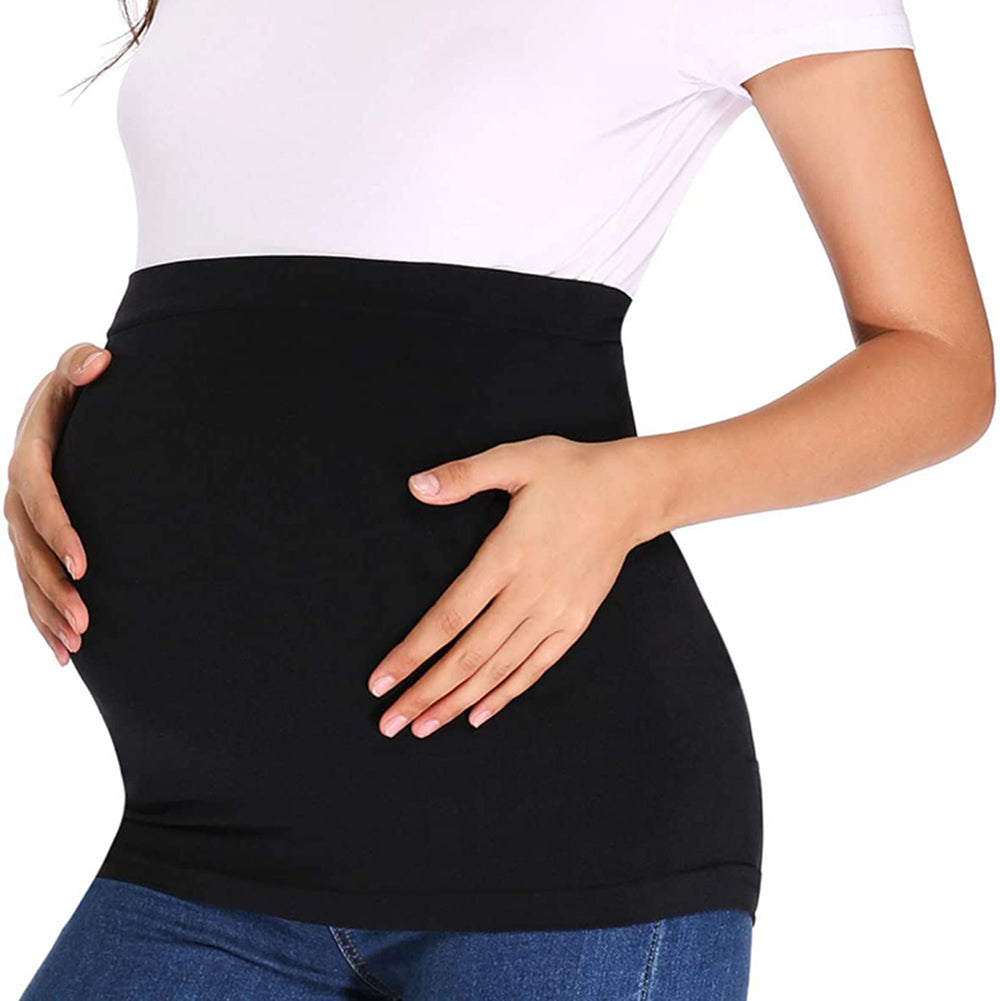
Pros and Cons of Belly Bands, Maternity Belts and Pregnancy Belts
Share
The good, the bad and the ugly of belly bands, maternity belts, and pregnancy belts can be summed up with a few pros and cons. Belly bands are good for support during pregnancy, but can be uncomfortable to wear. Maternity belts offer more support than belly bands, but can be bulky and inconvenient. Pregnancy belts are the most comfortable option, but may not offer enough support for some women.

There are many pregnancy belts on the market that claim to provide pain relief for pregnant women. However, some of these belts can actually be dangerous. Some health professionals recommend alternative solutions that are safer for pregnant women.
When is lower back pain during pregnancy serious?
pregnant women should consult with a women's health care professional to figure out what kind of products they need. There are different types of products available, like belly bands, maternity belts, and pregnancy belts, that can help cater to a pregnant woman's needs.
Belly Belts and Maternity Belts
Belly Belts are sometimes called Belly Bands, but they are different.
1,Belly Belts are designed to carry your belly weight and take the pressure off your back. They are not as lightweight as belly bands because they hold up the pregnant belly.
2,Belly Bands, on the other hand, provide you with proper ‘coverage’, according to "Pregnant and Perfect". When your pants stop fitting, the fabric you place around yourself is called a belly band. Huggies define belly bands as “an item of clothing and looks like a tube top or boob tube.” It is a wide circular strip of fabric, which is seamless and knitted; much like a pair of pantyhose is woven. Made from fibres like Cotton + Elastane/Spandex or Lycra, belly bands stretch in order to stay up and on and also to “grow” with your abdomen as your pregnant belly expands.
Make your ten-month pregnancy life easy!
The difference between a "belly belt" and a "maternity belt" is not clear, and you need to determine whether each one is for use during pregnancy or after childbirth. Therefore, a "maternity belt" or "belly belt" could refer to a Pregnancy Support Belt or a Post Pregnancy Tummy Wrap. This article will focus only on Pregnancy Support Belts.
Pregnancy Belts

Pregnancy belts are designed to be worn during pregnancy, so it's easy to find out the pros and cons for your specific situation before talking to your healthcare provider. Now let's look at the good, the bad, and the ugly of pregnancy and maternity belts, starting with the ugly—a warning that every mother should know about. Then we'll move on to the bad and good features and benefits of these products.
The Ugly – Why you need to take care when it comes to wearing pre-natal Belly Belts or Maternity Belts or Belly Bands
Belly bands are simply bits of stretchy fabric that cover your belly when your pants stop fitting. They have no therapeutic purpose. This is confused by brands and products that call themselves "belly bands" but are actually selling pregnancy support belts, which do have a therapeutic purpose.
Pregnancy belly belts or maternity belts, if used for too long or incorrectly, can cause the same problems as shapewear. Shapewear is designed to change the shape of your body with high levels of compression. Some medical opinions say that belly belts can be dangerous:
The benefits of wearing maternity shapewear are that it can provide support to your back and help with posture, and can also slim your silhouette. Additionally, it can be used as a layering piece to help keep you warm. The risks associated with wearing maternity shapewear are that it can cause indigestion and heartburn, and can also lead to overheating. Additionally, if you wear it too tight, it can cause discomfort and restricted movement.
Maternity shapewear can provide support to your back and help with posture, slim your silhouette, and be used as a layering piece to help keep you warm; however, it can also cause indigestion and heartburn, lead to overheating, and cause discomfort and restricted movement if you wear it too tight.










